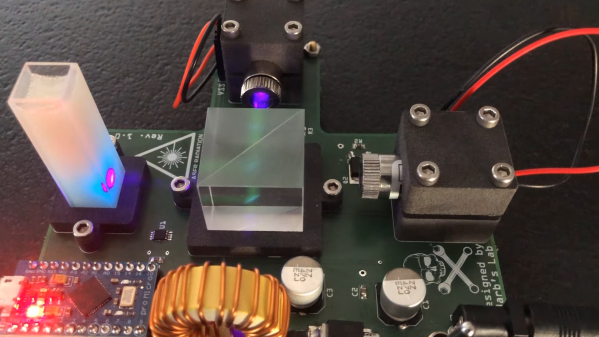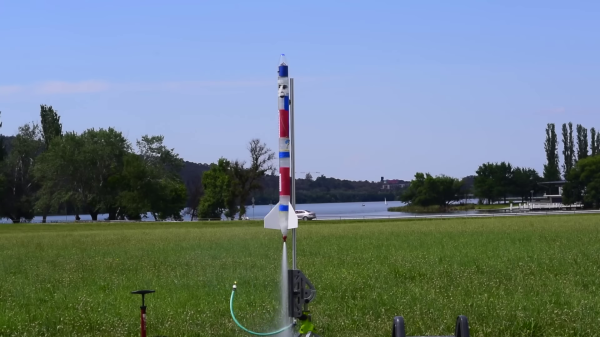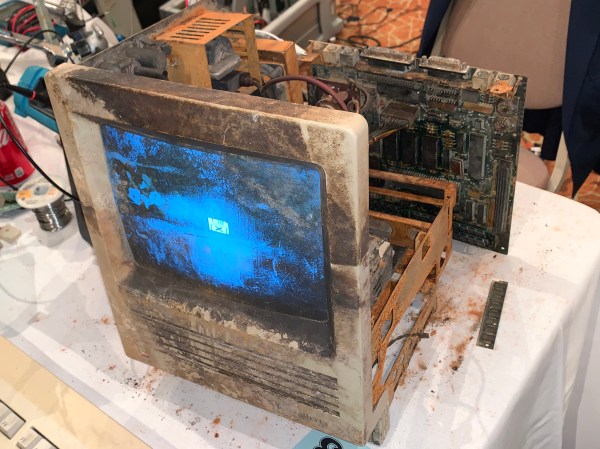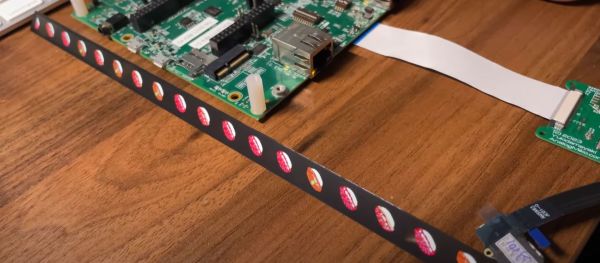If you want to start an argument in certain circles, claim to have a random number generation algorithm. Turns out that producing real random numbers is hard, which is why people often turn to strange methods and still, sometimes, don’t get it right. [Hillel Wayne] wanted to get a “good enough” method that could be done without a computer and found the answer in an old Usenet post from random number guru [George Marsaglia].
The algorithm is simple. Pick a two-digit number — ahem — at random. OK, so you still have to pick a starting number. To get the next number, take the top digit, add six, and then multiply by the bottom digit. So in C: n1=(n/10+6)*(n%10). Then use the last digit as your random number from 0 to 9. Why does it work? To answer that, the post shows some Raku code to investigate the behavior.
In particular, where does the magic number 6 come into play? The computer program notes that not any number works well there. For example, if you used 4 instead of 6 and then started with 13, all your random digits would be 3. Not really all that random! However, 6 is just a handy number. If you don’t mind a little extra math, there are better choices, like 50.
If you think humans are good at picking random numbers, ask someone to pick a number between 1 and 4 and press them to do it quickly. Nearly always (nearly) they will pick 2. However, don’t be surprised when some people pick 141. Not everyone does well under pressure.
If you want super random numbers, try a lava lamp. Or grab some 555s and a few Nixie tubes.

















